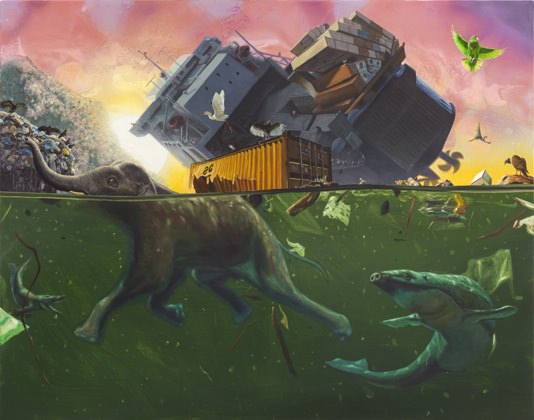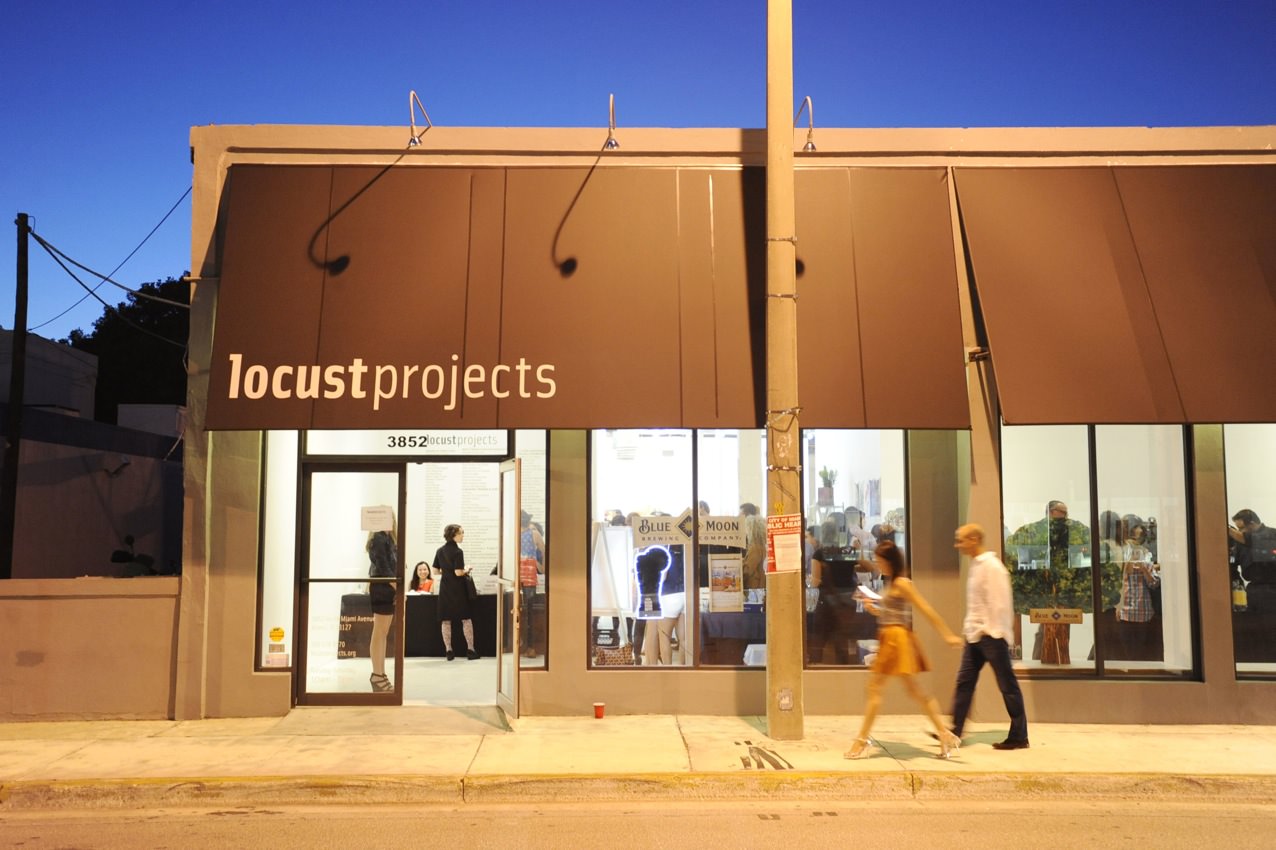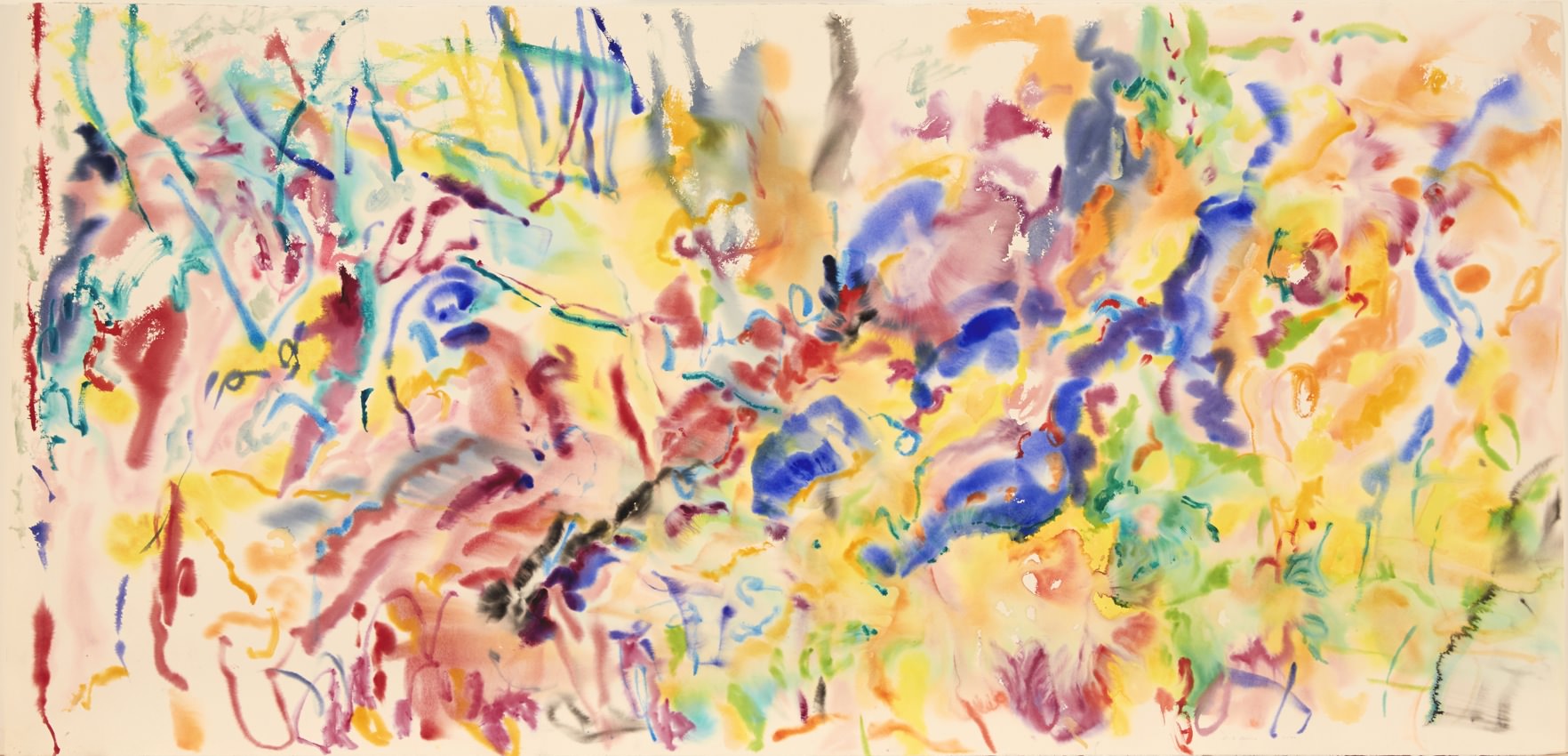As graphic design works to explain rather than represent and explore rather than map, diagrams inspire and support many of art’s defining features yet remain, as Matthew Ritchie notes, “…in art historical terms, both refuge and refugee.” With “The Temptation of the Diagram,” Ritchie has drawn together 24 diagrams by as many artists of the past century to compose a modest ode to the important place diagrams hold in artists’ process and a compelling reminder that, often, that very process is the art. The exhibition, hosted by Andrea Rosen’s Gallery 2 space, is itself a diagram – a graphic exploration of Ritchie’s thoughts about thinking and thinking about art-making – that sketches a beautiful celebration of diagrams’ ability to describe imaginary places and pure ideas.
According to Ritchie, “The Temptation of the Diagram” “is not a history of the diagram, or a complete overview of its status, presence and use today, but rather compelling examples of a specific kind of diagram, hand-made diagrams by artists and thinkers.” The range of artists and thinkers is impressively varied, including ones as modern as Max Ernst and Rudolf Steiner alongside those as contemporary as John Bock and Matthew Barney, and others as canonical as Joseph Beuys and Mel Bochner. There are diagrams from musicians such as Earle Brown and choreographers like Trisha Brown, installation artists like Oyvind Fahlstrom and architects Archigram, Thom Mayne, and Steven Holl. Diagrams by Wolfgang Tillmans, Matt Mullican, Mark Lombardi, and Julie Mehretu function as tools for inventorying, documenting, and labeling the world while work from Thomas Hirschorn and Carolee Schneeman bridge ideologies and their consequences for the human body. Themes of performance, narratives, order vs. chaos, and distances between the real and the imagined come together seamlessly in drawings, collages, paintings, and assemblage of wide ranging aesthetic qualities by the shared thread of a spirit of curiosity that pervade all of these diagrams.
There is also something touching in these diagrams. A tentative uncertainty found in many is rather endearing. A playful whimsicality in others is charming. An aggressive rawness in a few is slightly frightening, but essentially harmless in their incompleteness. In all of these diagrams, there is a certain unabashed sincerity or earnestness that sometimes seems unfortunately all too uncommon on the walls of many art galleries and museums. Ritchie characterizes the naked honesty of diagrams in this light as “painting with the flesh off, thinking with a glass skull. In the presence of diagrams, the profound questions of scale, distance, proximity, and imagined immunity that define our use of any shared informational space are all too painfully evident.” Painful as those questions may be to acknowledge and ask, there is a great comfort is seeing the search for answers being conducted in the art of these diagrams, through these diagrams.











